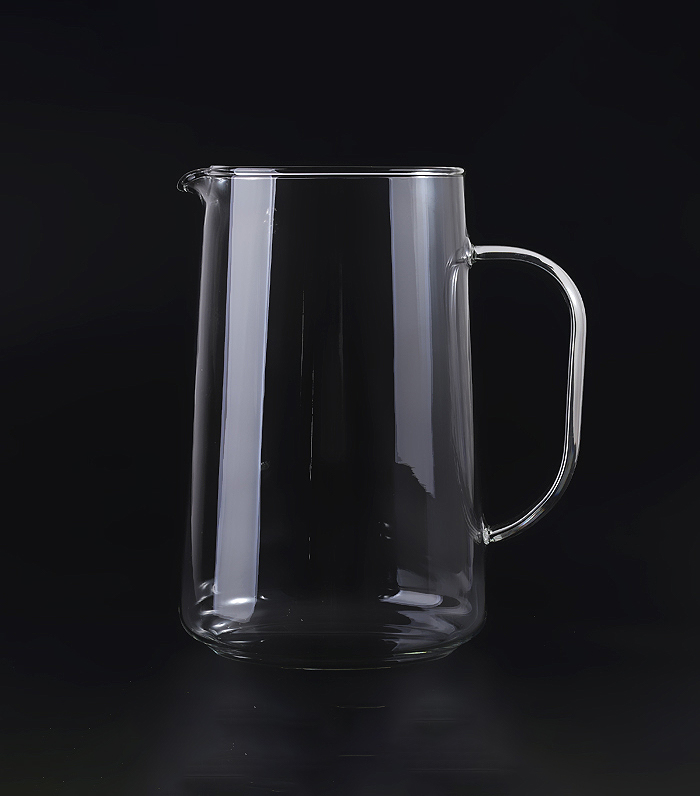Pouring coffee from a
glass coffee pot with precision and minimal spillage, especially during rush hours in a commercial setting, requires practice and attention to detail. Here are some best practices to help you pour coffee effectively:
Maintain a Steady Hand: Keep your hand steady and avoid sudden movements while pouring. This helps ensure a controlled and even flow of coffee.
Use a Spouted Coffee Pot: If possible, use a glass coffee pot with a spout. The spout is designed to facilitate controlled pouring and reduce spillage.
Position the Coffee Pot Correctly: Hold the coffee pot at a slight angle with the spout pointing down toward the cup or container. This angle helps control the flow of coffee and minimizes spills.
Practice Controlled Pouring: Start pouring slowly to avoid splashing or overflowing the cup. Gradually increase the flow rate as the cup fills.
Watch the Level: Pay close attention to the level of coffee in the cup or container. Stop pouring when it's nearly full to prevent overflows.
Use a Drip Tray: Place a drip tray or a saucer under the cup to catch any potential drips or spills. This can help maintain a clean and tidy workspace.
Pour from a Low Height: When pouring, hold the coffee pot relatively close to the cup or container. Pouring from a lower height minimizes the risk of splashing.

Practice Controlled Stops: Lift the coffee pot smoothly and steadily when you want to stop pouring. Avoid jerky movements that can lead to drips.
Clean the Spout: Regularly check the spout for any coffee residue or buildup that might affect the flow. Clean it as needed to ensure a smooth pour.
Use a Lid: If your glass coffee pot has a lid, consider using it when pouring. A lid can help control the flow and reduce the risk of spills.
Manage Rush Hour Traffic: During rush hours, communicate with your team to ensure a smooth workflow. If possible, assign dedicated staff for coffee pouring to reduce congestion and minimize spills.
Training and Practice: Train your staff in proper pouring techniques and encourage regular practice to improve their skills. Familiarity with the equipment and a steady hand go a long way in minimizing spills.
Maintain Cleanliness: Keep your work area clean and free from spills. Quickly wipe up any spills that do occur to prevent accidents and maintain a professional appearance.

